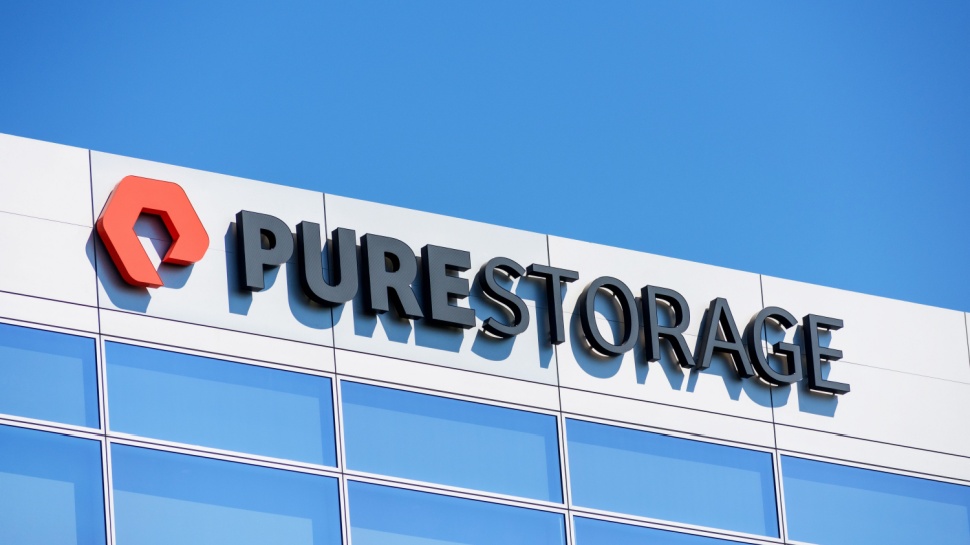
In March 2023, we reported that Pure Storage planned to sell 300TB SSDs within three years.
While 300TB is unquestionably an impressive amount of storage, the company has revealed that it expects to be able to deliver 1200TB SSD modules… eventually.
Shawn Rosemarin, Pure VP for R&D, explained to Blocks & Files that the limitations of DRAM prevent commercial off-the-shelf (COTS) SSDs from exceeding 30TB capacities. Typically, he said, 1GB of DRAM is needed for every 1TB of raw NAND capacity, which means a 30TB drive would require 30GB of DRAM. The problem arises when considering larger capacities, as the amount of DRAM required matches or even exceeds the amount found in current servers.
300TB and beyond
Rosemarin highlighted three main issues with using more DRAM. Firstly, DRAM fails more frequently than NAND. Secondly, DRAM is significantly more expensive. Lastly, DRAM’s energy efficiency is much lower, leading to higher energy consumption.
DRAM is required for the Flash Translation Layer (FTL) software, which serves as firmware in the SSD’s controller. It allows incoming data to be written to different physical flash pages regardless of the intended logical block. The DRAM holds the FTL mappings and metadata for this process, making it crucial for SSD operation.
However, as SSD capacities increase, the cost of DRAM becomes a larger portion of the overall SSD cost.
Pure Storage’s solution to this problem is its Direct Flash Modules (DFMs), which do not rely on DRAM at the drive level. Instead, the FTL is done at the system-wide level in Pure’s controller and its software. This method, Pure claims, DFMs to increase capacity much faster than off-the-shelf SSDs.
The company plans to release 150TB DFMs in 2025 and in its roadmap it says “by the time the industry is widely shipping 25-30TB HDDs and 30-60TB SSDs in 2026, we expect to ship 300TB DFMs.”
That’s just the start. Although he didn’t even hint at a timescale for it, Rosemarin told Blocks & Files, “We have every intention to scale beyond 300, to 600, and even to 1.2 petabyte per DFM.”
It won’t be cheap of course. Last year, the firm said the price-per-gigabyte of its 300TB drive would be “less than” $0.15/GB. Doing some simple calculations, and not taking into account inflation and everything else that might occur before it even comes to market, a 1.2PB drive would be priced well north of $180,000.




















+ There are no comments
Add yours